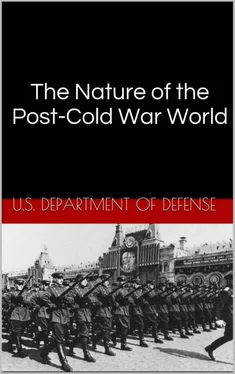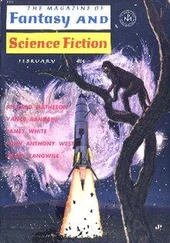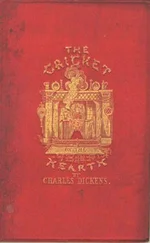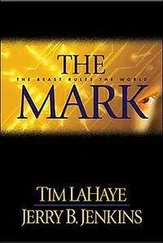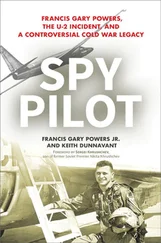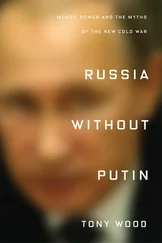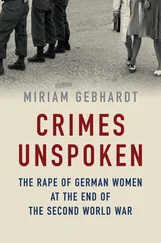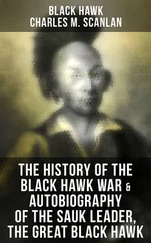Most of these efforts collapsed with the Soviet invasion of Hungary in 1956 to crush the Hungarian revolution. The man in charge of the U.S. effort committed suicide a few years later. The failure of the Communist side in the Korean War and of the Western side during the Hungarian revolution made clear that the boundary lines between East and West were being solidified. In Europe the line between East and West soon became so clear that no one could doubt where it was or dare to cross it. In Asia the situation was a little less clear because of the continuing struggle in Vietnam. But the United States interposed its fleet in the Taiwan straits, signed a security pact with Japan and stationed tens of thousands of troops semipermanently in Korea. The end of the decade witnessed a devastating setback for the Communist movement as a failed coup in Indonesia brought a savage response. Perhaps 1/2 million people were slaughtered, and the Communist party in the fifth most populous state in the world was no more. The lines in Asia were also solidifying. Only the continuing struggle in Vietnam blinded us to what was really happening.
As the lines of division hardened and each side gained more confidence that its core area of concern was not threatened, the two superpowers cautiously began to explore, at first very tentatively, the possibilities for a more normal relationship. The Cuban Missile Crisis reminded them of the consequences of not attempting to develop such a relationship. During this period the two sides signed the Limited Test Ban treaty, they began to expand trade and exchanges, and they started to institutionalize arms control negotiations.
The years 1965-75 marked a period in which normalization was pushed much harder. The two superpowers began to understand that their special status depended on limiting the power of others as well as preventing their own arms race from getting out of control. The nonproliferation treaty was designed to accomplish the former, and the ABM treaty and the SALT I treaties were designed to accomplish the latter by putting a cap on the superpower arms race. The two sides also began to cooperate when they saw that wars at the periphery might disrupt their own relationship at the center. So the United States and the Soviet Union, after arming the parties to the conflict, worked together to contain the spread of wars in the Middle East in 1967 and 1973 and in South Asia in 1967 and 1971. Although with less success, the two sides even tried to cooperate to some extent to end the war in Vietnam.
The rules of the game for superpower involvement in the Third World were clarified from 1975 to 1985. A comparison of Soviet behavior in Afghanistan with U.S. behavior in Korea and Vietnam helps explain this point. The Soviet Union in Afghanistan acted according to a certain code of conduct, brutal though it was. Like the United States in Korea and Vietnam, the Soviet Union used enormous power in Afghanistan but it stopped short of using its full power. Like the United States in these two earlier crises, the Soviet Union also did not allow its distress in Afghanistan and its anger over the actions of its great rival in feeding the rebellion to end its relationship with the United States. Like the United States in Korea and Vietnam, the Soviet Union drew back from decisive military action against neighboring states supplying the force it was opposing in Afghanistan.
During this same period the United States made clear in Central America that it was willing to use both legal and illegal means to prevent a pro-Communist beachhead on the mainland in the Western Hemisphere. So by the mid-1980s with the lines of demarcation drawn in Europe and Asia, with attempts to cross those lines largely defeated, and with the rules of the game generally established in other parts of the world, the two powers were in a position to treat one another like normal powers and to make major gains.
Indeed the U.S. accommodation with China was an indication that normal diplomacy was returning. The United States treated China—despite its harsh Communist regime, which was, in fact, much worse than that of Brezhnev’s Soviet Union—no longer like an ideological rival but as an important player on the diplomatic chess board. Washington was beginning the process of moving beyond cold war thinking. It was returning to an earlier or more traditional geopolitical game. Facilitating this tendency of ideological opponents treating one another as normal countries rather than as unapproachable rivals was another important development. By the early 1970s the Soviet Union had achieved essential nuclear parity. Each side could destroy the other with a second strike. It was becoming too dangerous to maintain the cold war. The ground was prepared for a grand compromise, even a grand bargain.
At this point someone may assert that the real reason the ground was prepared is not that a 30-year process was at work but that Ronald Reagan spent the Soviet Union into the ground with his massive defense buildup. According to this point of view, we have to keep our guard up because if we relax our effort, a new leadership in Moscow will simply reassert Russia as a dominant global rival. But an examination of the record does not support such an explanation of the change in Moscow. Long before Gorbachev came to power, the Reagan administration found that its initial policy of frenzied anti-communism could not be sustained. In other words, if the Soviets blinked, it was after it was clear that the United States was also blinking. By December 1983 Ronald Reagan was explaining to the editors of Time that he would never again use terms like “the evil empire” to describe the Soviet Union. In January 1984 he delivered a seminal address on U.S.-Soviet relations that redirected his administration’s Soviet policy toward greater cooperation and laid the basis for the rapproachment with Moscow, soon to be under the leadership of Gorbachev.
Defense spending also slowed before the Gorbachev revolution took hold. It reached its peak in 1985 at $351 billion in 1991 dollars but this figure represented plans made as early as 1983. As defense and foreign policy analyst Earl Ravenal has pointed out, the momentum of American restoration “had crested well before the end of Ronald Reagan’s first term” or before Gorbachev became General Secretary.
So it was that, against a background of four decades of a discernable process of normalization, Mikhail Gorbachev had the great fortune of becoming the head of the Soviet Union when his country needed a change in its relationship with the United States and when the groundwork for such a change had been completed. Gorbachev needed stability abroad in order to pursue reform at home. He moved quickly to gain it. Soon the world saw such astonishing developments as the INF treaty, which eliminated one whole class of weapons; the destruction of the Berlin Wall, which had divided East and West in Europe for decades; and cooperation between Moscow and Washington, which began to work to resolve a variety of regional disputes from Southern Africa to Central America to Cambodia.
Extraordinary progress was being made in converting the image of the other side in both countries to that of a normal country. Polls began to show a fundamental transformation in the American image of the Soviet Union, which was soon more favorable than that of France, Israel, Japan and Taiwan, and in the Soviet image of the United States, which was transformed from that of enemy into that of model. Then the Soviet Union simply imploded-the result more of internal contradictions than external pressure. But a radical improvement in Washington’s relations with Moscow would have taken place even if this destruction of America’s great enemy had never taken place.
The New World.
Of course, while all this was happening to the superpower relationship, other major developments were taking place that were also helping to lay the groundwork for the New World we are entering. All of the major European powers regained the place in the international economy they had enjoyed before World War II. In this respect the end of the cold war did not bring a new world but the return to an old one. The share of world trade represented by the European Community has shot from 22 percent in 1960 to roughly 40 percent today. Although France and Britain lost their political place in the world because of the process of decolonialization, Western Europe as a whole has become the greatest trading area in the world.
Читать дальше
